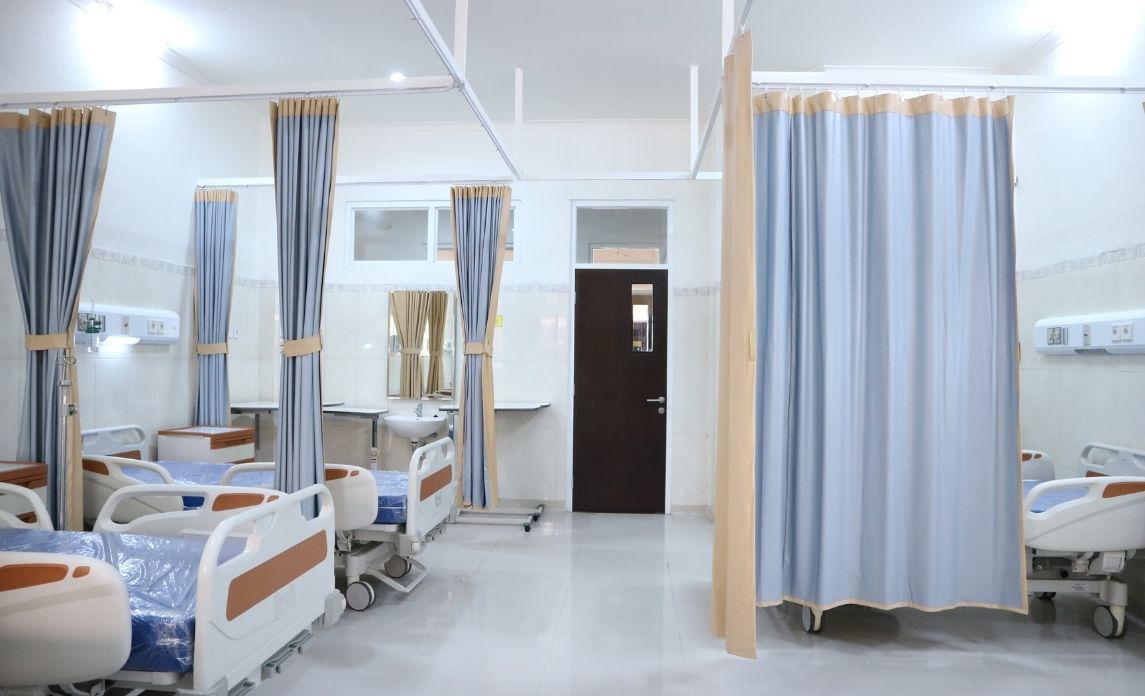When it comes to professional hospital cleaning, maternity wards merit special attention. This is because all individuals who stay in maternity wards require unique care: women who are pregnant, women who have just given birth, and newborn infants.
Cleaning maternity wards has become an even more meticulous endeavour due to COVID-19. Multiple mothers and babies stay in these facilities at any given time, heightening the risk of healthcare-associated infections.
As such, it’s important to work with professional commercial cleaners to ensure that maternity wards are properly cleaned and disinfected. What’s more, there should also be a cleaning program for maternity wards that involves training, feedback mechanisms, and leadership support. With all of these elements present, maternity wards will have better infection prevention and control (IPC).
For effective commercial cleaning in maternity wards, here are some key points to consider:
Designated Spaces
In order to prevent contamination and also to ensure an organised cleaning system, there should be designated spaces for the storage of cleaning supplies. This can be the same area for preparation, but it can also be separate depending on space availability.
An area should also be allocated for the processing and cleaning of equipment for noncritical patients. This further minimises the risk of cross-contamination, particularly if there have been recent infections of COVID-19 and other highly communicable diseases.
Masterlist of Supplies
According to government data, there were 58,659 live births in New Zealand in the year ended December 2021. In short, maternity wards are almost always occupied and cleaning procedures must be conducted all the time for IPC.
The problem, of course, is that constant cleaning and disinfection can cause stocks to quickly deplete. In addition, cleaning tools may degrade much faster. To manage this issue, there should be a plan in place for procurement and maintenance of cleaning supplies and equipment.
If you outsource your cleaning needs to commercial cleaners, make sure that your contract includes a list of your preferred EPA-approved cleaning products and supplies. This way, they can make the purchase for you and ensure that you don’t run out.
Meanwhile, if you have an in-house cleaning program, the following are some tips that can help you manage your cleaning supply stock:
- Have a list of supplies and equipment, complete with detailed specifications and recommended quantities.
- Conduct a monthly inventory inspection and equipment maintenance.
The second one, in particular, will prevent stock-outs and also help you anticipate how much of a product you need annually. Make sure to account for outbreaks and pandemics, as these situations will necessitate more frequent and more intensive cleaning.
Use Suitable Cleaning Products
Obviously, it’s imperative for all healthcare facilities to use EPA-certified cleaning products. That said, the cleaning crew should be well aware of all the correct products to be used on all kinds of finishes, furniture, and equipment.
If you have a contract with a cleaning company, this won’t be so much of a concern as they will be well-versed with various best practices. Nevertheless, make sure to provide instructions on how to handle specialised equipment.
Make sure to pay particular attention to soft products, like curtains, as well as laundry like bed linens, pillowcases, and similar items. Unlike solid surfaces which are easily cleaned and dried, these products require thorough washing.
For the best results, use the correct type of soap or detergent. It’s also important to use the hottest water temperature that’s still safe for the material. Then, dry the items completely before they’re used again. For disinfection purposes, make sure to use an EPA-approved product that has been certified effective for soft surfaces.
Wear PPE
When cleaning maternity wards, it’s important to wear appropriate PPE or personal protective equipment. This is not only for the protection of the cleaners, but also of the future occupants of the rooms.
One of the most important PPE components when cleaning maternity wards is the right pair of gloves. There are a variety of microorganisms that can be picked up and transferred from a single maternity ward, and gloves are the surest protection from direct contact.
After cleaning and handling soiled materials, proper glove removal and disposal must be practised. Don’t forget to wash hands properly after every task to further reduce the risk of contamination.
Devise a Cleaning Schedule
Last but not least, cleaning maternity wards should follow a strict schedule. Again, maternity wards are often occupied; patients also come and go at all hours. It can be difficult to maintain cleanliness with these things considered, which is why a schedule is even more crucial.
The details of the cleaning schedule should include the frequency of each cleaning process involved, including washing laundry, disinfecting high-touch surfaces, and mopping floors. The correct cleaning method should also be indicated per item within the room.
Finally, the cleaning schedule should also include who is assigned to each task. Note that there should be someone supervising the cleaning sessions to ensure that the job is done right and to provide assistance should the cleaning staff need support. For those working with commercial cleaning companies, the supervisor should ideally be someone from the hospital’s IPC team.
Cleaning facilities like maternity wards is an exacting task, particularly after the wake of COVID-19. Everyone’s health and safety is on the line, so there’s no room for mistakes. Hopefully, this article has helped underscore the importance of the proper cleaning of maternity wards as well as how to achieve this goal.


